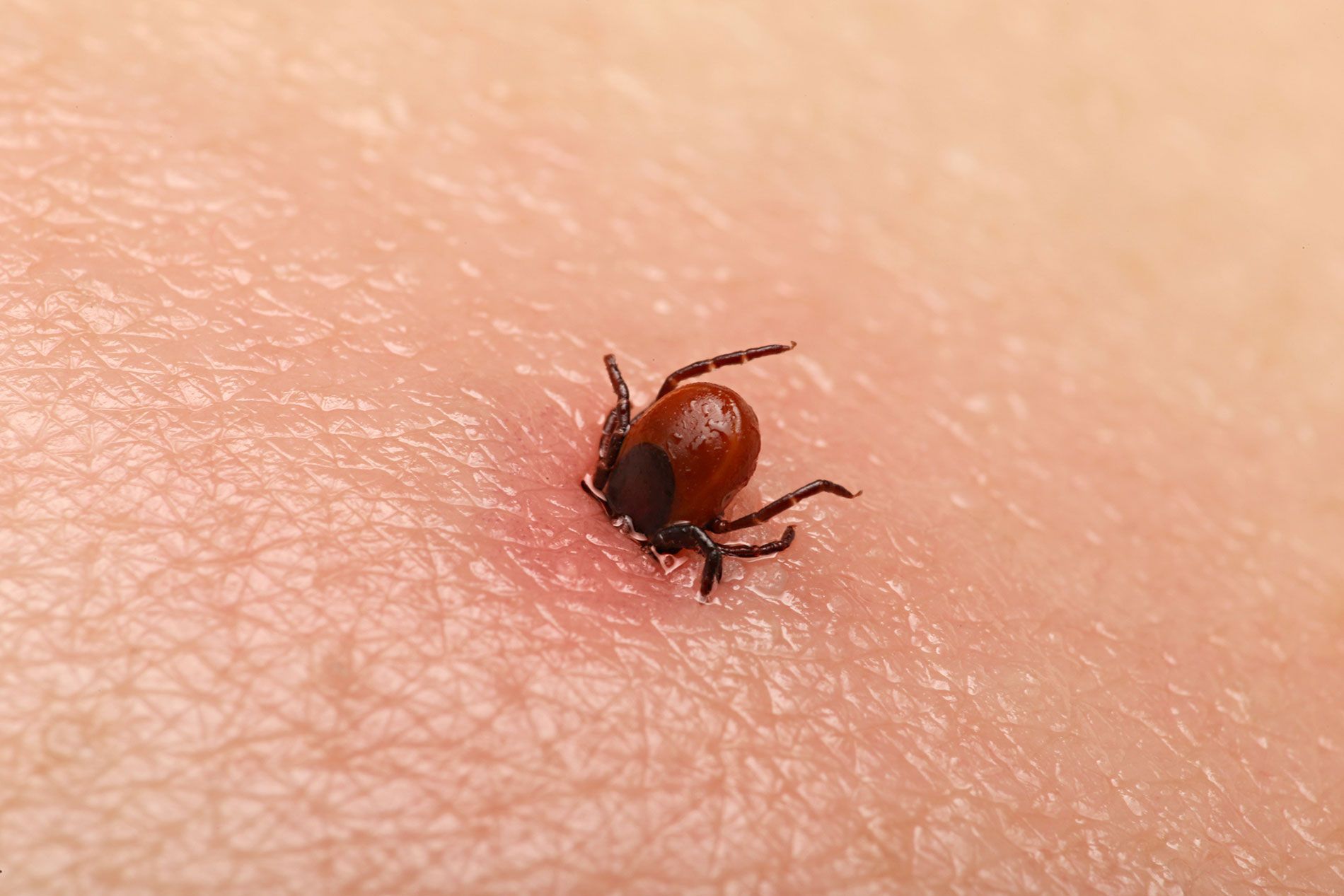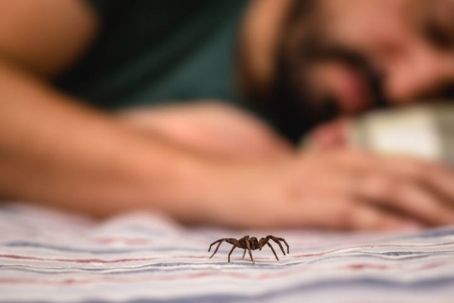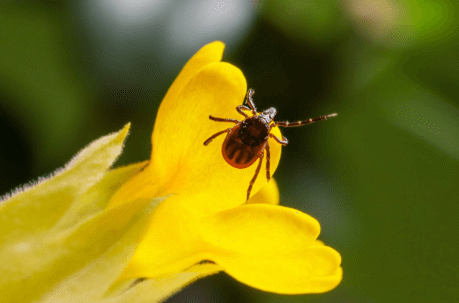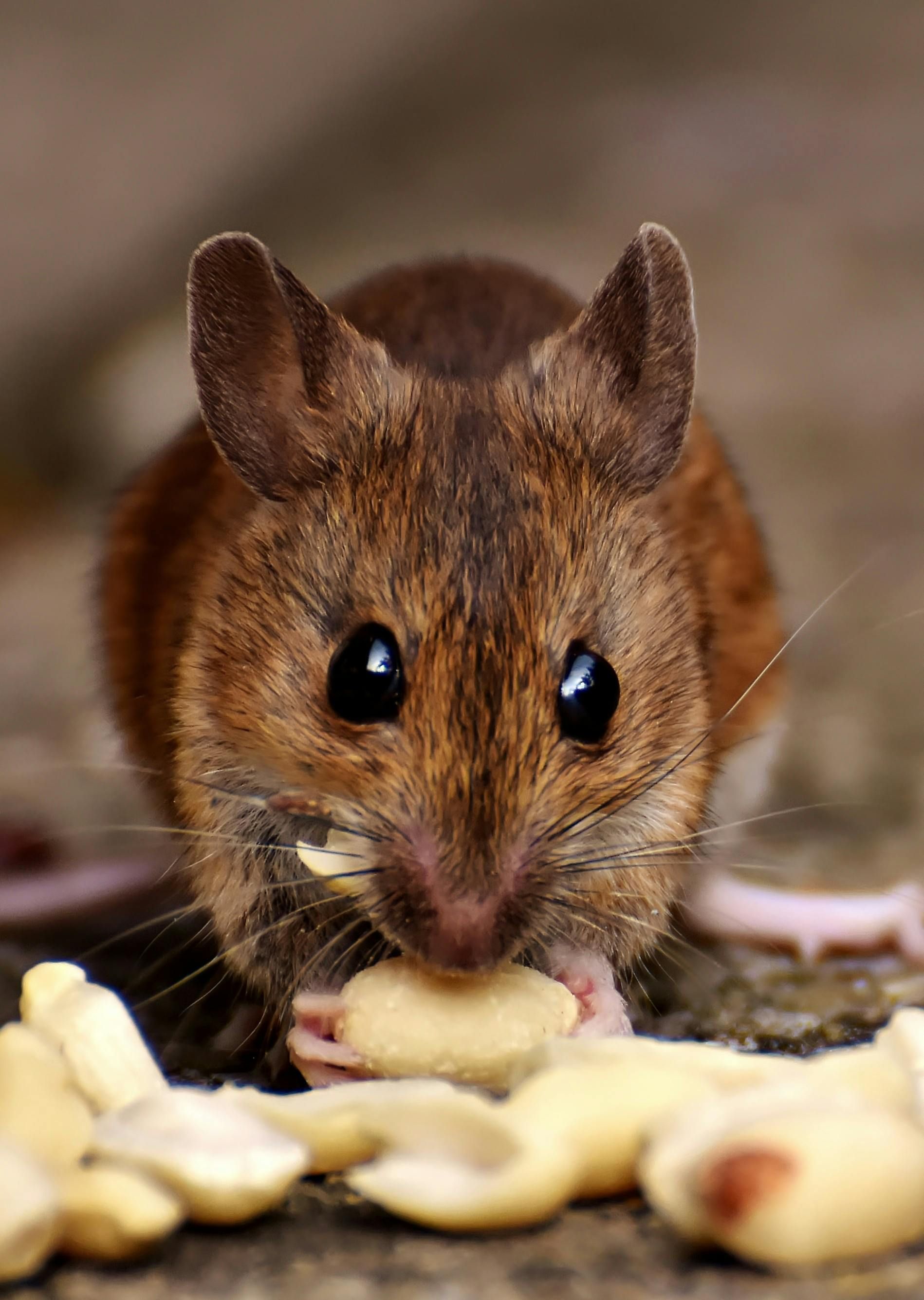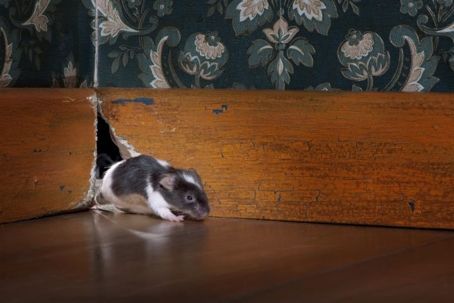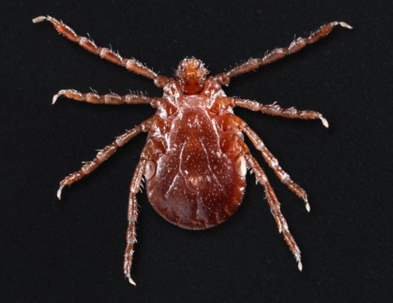ANTS AND TERMITES
ANTS AND TERMITES
Household pests like termites and ants can be a real headache. Termites, in particular, are notorious for swarming and can be easily identified by their flying insects. However, not all swarming insects are termites. Have you stopped to consider flying ants? Let’s take a closer look at the differences between flying ants and termites.
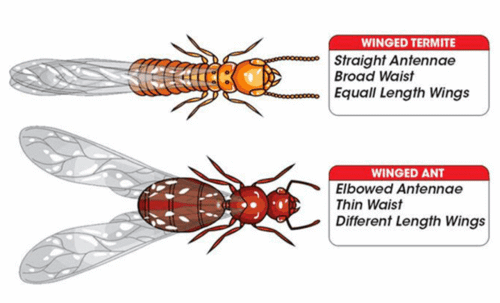
Flying Ants
Flying ants, also known as carpenter ants, are winged insects with elbowed antennae, pinched waists, and smaller hind wings compared to their front wings. They come in different colors like black, brown, or reddish. Worker ants live for a few months, while queens can live for years. Flying ants feed on nectar, seeds, other insects, and food debris found in or around homes.
Flying ants can be spotted in the open and tend to nest in wood by tunneling through it. They are typically found in wet, damp, or rotting wood but can also infest dry wood. If you come across a swarm of flying red ants or a full-blown infestation, the first step is to repair or replace any rotted wood. Next, use an insecticide to kill the ants if they have built their nest indoors. If you can’t access the nest, try using ant bait, which can be found at most home centers, hardware stores, and online.
Termites
There are two types of termites: workers and swarmers. Workers are creamy-colored, measure between 3 to 4 mm long, and are most commonly found when mud foraging tubes or infested wood is broken open. Swarmers, on the other hand, are the reproductive type, measuring about 4 mm long, and are dark brown or black.
Termites can have wings, but they lose them soon after they mate. Typically, they have straight antennae, wide bodies without pinched waists, and wings of equal length. They primarily feed on wood, paper, and other cellulose-based products. Workers can survive for a couple of years, while queens can live for decades.
Both flying ants and termites swarm as part of their mating process. After mating, the males die, and the queens lose their wings to find a nesting site. The sudden appearance of swarming ants or termites in flight is a good indicator that there is an infestation nearby.
The post Ants and Termites appeared first on Total Pest Control, LLC.
